Kuraray's Rubber Business Faces Headwinds As First-Half Profit Tumbles On Weak Demand
- By TT News
- August 13, 2025
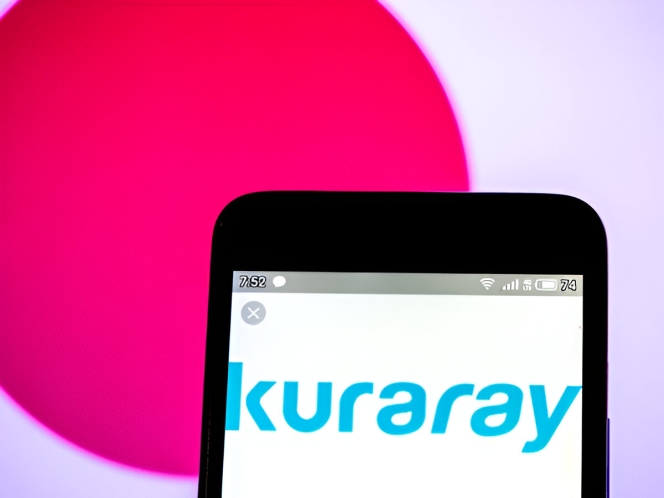
Japan's Kuraray Co Ltd reported a 42 percent plunge in first-half operating profit as its rubber and speciality chemicals business grappled with weakened European demand and inventory valuation losses, prompting the company to slash its full-year earnings forecast.
The Okayama-based manufacturer, known for its synthetic rubber and speciality polymers used in automotive and industrial applications, posted operating income of 26.3 billion yen for the six months ended June 30, down from 45.5 billion yen a year earlier.
Net sales slipped 2.7 percent to 400.0 billion yen, with the company's flagship vinyl acetate segment - which includes rubber-related products - bearing the brunt of the downturn as volumes declined across key markets.
"Sales volume did not increase as much as expected due to the European economic stagnation and other factors, and overall segment income decreased due to the negative impact of inventory valuation differences and higher raw material and fuel prices," the company said in its earnings statement.
The vinyl acetate division, Kuraray's largest revenue contributor, saw operating income tumble 31.9 percent to 29.9 billion yen despite maintaining sales of 202.9 billion yen. The segment includes the company's EVAL barrier resins used in food packaging and automotive fuel tanks, as well as polyvinyl alcohol (PVOH) resins with rubber-like properties for industrial applications.
Kuraray's isoprene chemicals and elastomers business, which produces synthetic rubber compounds, showed signs of recovery with operating losses narrowing to 1.3 billion yen from 4.0 billion yen a year earlier. Sales volumes increased as demand remained firm, particularly in Europe and the United States, whilst operations at the company's Thai manufacturing base stabilised.
However, the broader economic malaise weighed heavily on performance. Rising natural gas costs in the US and Europe - key raw materials for rubber production - further squeezed margins. US natural gas prices averaged USD 3.69 per MMBtu compared with USD 2.21 a year earlier, whilst European gas costs climbed to 41 euros per MWh from 30 euros.
The disappointing first-half results prompted Kuraray to revise down its full-year operating income forecast to 75.0 billion yen from an earlier projection of 90.0 billion yen, though it maintained its annual dividend at 54 yen per share.
Chief Financial Officer Hitoshi Kawamura highlighted inventory valuation differences as a significant drag on earnings, particularly affecting the company's rubber and polymer segments, where raw material price volatility has been pronounced.
Looking ahead, Kuraray expects second-half performance to improve, with operating income projected at 48.7 billion yen compared with 26.3 billion yen in the first half. The company is banking on a gradual recovery in European demand and the benefits of recent capacity optimisations.
The firm is also pursuing strategic shifts in its portfolio, including plans to expand its optical-use PVOH film production line and the acquisition of US-based Nelumbo Inc, whilst discontinuing production of certain acrylic polymers and polyester-related products.
- Global Platform For Sustainable Natural Rubber
- GPSNR
- Natural Rubber
- Sustainability
- Rubber Supply Chain
- Assurance System
- Circular Economy
- Responsible Sourcing
- Smallholders
- Supply Chain Transpa
GPSNR Marks Milestone At Seventh General Assembly
- By TT News
- December 17, 2025

Members of the Global Platform for Sustainable Natural Rubber gathered for the organisation’s seventh General Assembly, marking what it described as a pivotal year for accountability and member-led sustainability across the natural rubber value chain.
A key development in 2025 was the launch of GPSNR’s risk-based Assurance System, which sets sustainability expectations, introduces independent verification and aims to drive continuous improvement beyond regulatory compliance. The system was developed collaboratively over several years and is intended to provide a globally applicable framework for sustainability in the sector.
At the assembly, end-user companies reaffirmed their support for the Assurance System and agreed on a structured pathway towards full implementation within their category.
“This year marks a turning point for GPSNR,” said Stefano Savi, chief executive of GPSNR. “The Assurance System gives our members a shared and trusted foundation for demonstrating progress across the value chain.”
Members also reflected on the first year of the Shared Investment Mechanism, a model that allows manufacturers to share the costs of large-scale capacity-building projects. The initiative is intended to deliver long-term benefits for upstream participants, particularly smallholder producers.
“Sustainability cannot be achieved by one part of the value chain alone,” Savi said. “By investing together, our members are enabling more inclusive and impactful outcomes worldwide.”
Looking ahead to 2026, GPSNR said it would focus on supporting the implementation of the Assurance System through data collection, member learning programmes, and stakeholder dialogue, to ensure the framework reflects operational realities and different business models.
The assembly concluded with members reiterating their commitment to building more equitable, resilient and sustainable natural rubber supply chains.
- Tire Recycling Foundation
- Circle Of Change Awards
- Tyre Recycling
- End-Of-Life Tyres
- Circular Economy
- Sustainability
- Recycled Tyre Materials
- Tire Recycling Conference
- Value Chain Collaboration
- Innovation
Tire Recycling Foundation opens nominations for inaugural Circle of Change Awards
- By TT News
- December 16, 2025
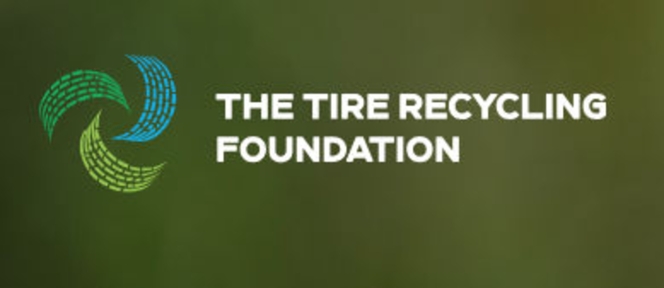
The Tire Recycling Foundation has opened nominations for its first Circle of Change Awards, aimed at recognising organisations, teams and individuals advancing innovation and sustainability across the tyre recycling sector.
Nominations opened on 15 December and will be accepted until 8 February 2026. The awards will honour contributions spanning tyre recycling technologies, end-use market development and leadership in circular economy practices.
“The Circle of Change Awards will serve as a powerful way to recognise national visionaries and changemakers who have shaped the trajectory of the full tyre recycling value chain over the past two decades,” said Anne Forristall Luke, president of the Tire Recycling Foundation board. “We are thrilled to recognise trailblazers making a lasting impact on end-of-life tyre (ELT) recycling and the circular economy.”
Four award categories will be presented at the 10th Tire Recycling Conference, scheduled to take place in Denver, Colorado.
“By spotlighting the collective progress being made in tyre recycling, the Foundation hopes these inaugural awards will inspire and fuel accelerating momentum in exciting new markets for recycled tyres,” said Stephanie Mull, executive director of the Tire Recycling Foundation.
The Innovation in End-Use Technology Award will recognise technologies, products or processes that use recycled tyre rubber in new ways, with a focus on technological advancement, commercialisation and sustainability impact.
The Circular Economy Trailblazer Recognition, State Leadership in Tire Market Innovation category will honour state agencies or statewide programmes that demonstrate leadership and measurable impact in advancing tyre recycling within a circular economy framework.
The Market Development Excellence Award will recognise efforts to expand end-use markets for tyre-derived materials through education, policy, marketing or advocacy, with an emphasis on measurable market growth and long-term strategy.
The Value Chain Collaboration Award will acknowledge partnerships across the tyre recycling value chain that deliver measurable improvements in efficiency, economics or environmental performance.
The foundation said organisations and individuals that have made significant contributions to tyre recycling or developed innovative solutions for tyre-derived materials are encouraged to apply. Award recipients will be allowed to showcase their achievements and inspire further progress across the sector.
- German Rubber Industry Association
- German Rubber Industry
- wdk
- Rubber Industry
- Tyre Recycling
- End-Of-Life Tyres
wdk Calls For Risk-Based Approach To Unlock Tyre Recycling Potential
- By TT News
- December 15, 2025
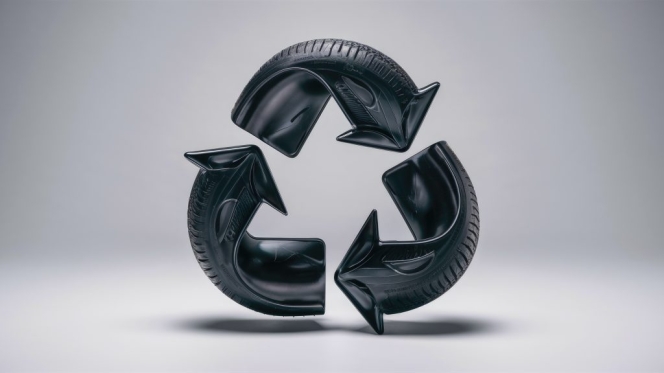
The German Rubber Industry Association (wdk) has called for enhanced policies to unlock the full potential of tyre recycling in Germany. While acknowledging the existing successes of the circular economy in this sector, Stephan Rau, Technical Director of wdk, emphasised that significant untapped opportunities remain. Last year alone, Germany generated 533,000 tonnes of used tyres, with nearly 70 percent kept in circulation through reuse, retreading and recycling. The wdk advocates for a stronger framework to improve these material flows and boost the market for recycled materials.
A central pillar of the wdk’s position is the demand for a modern, science-based evaluation of recycled rubber products. Over 200,000 tonnes of used tyres are processed annually into granules and rubber flour, vital secondary raw materials for sustainable manufacturing. However, Rau argues that their broader market success is hindered by outdated assessment methods. The association urgently recommends a risk-based approach that evaluates chemical ingredients based on their actual bioavailability and migration, rather than their mere presence. This perspective, now supported by the German Federal Institute for Risk Assessment (BfR), necessitates establishing binding limit values determined through migration analysis to ensure both safety and commercial viability.
Furthermore, the wdk highlights a critical gap in the complete monitoring of tyre material flows. A notable proportion of used tyres exit Germany and Europe for processing, depriving domestic recyclers of valuable secondary raw materials. To address this leakage and strengthen the circular economy, Rau stresses the need for comprehensive tracking of all end-of-life tyres. The association’s commitment is reflected in its patronage of the Alliance for Future Tyres (AZuR), a European network of nearly 100 partners from industry, trade and science dedicated to advancing a sustainable tyre circular economy across all segments.
- Hi-Green Carbon
- ISCC EU Certification
- Sustainability
- Supply Chain Integrity
- Recovered Carbon Black
- Tyre Pyrolysis Oil
Hi-Green Carbon Secures ISCC EU Certification
- By TT News
- December 13, 2025
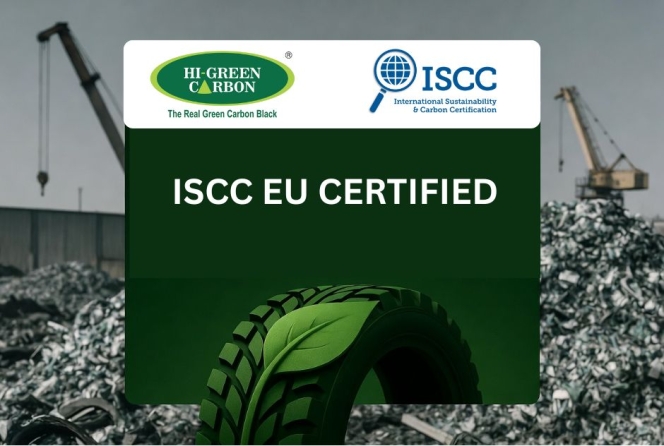
Hi-Green Carbon Limited has achieved a significant milestone in its sustainability operations by securing the prestigious ISCC EU Certification. This globally recognised endorsement highlights the company's adherence to rigorous international standards for environmental responsibility and supply chain integrity.
The certification verifies full compliance across the entire production process, from sourcing to delivery, emphasising traceability and operational transparency. It specifically validates the sustainable production of the company's key outputs, including recovered carbon black (rCB) and tyre pyrolysis oil (TPO). This accomplishment underscores Hi-Green Carbon’s commitment to circular economy principles and positions it as a leader in the production of sustainable industrial materials.
The company statement read: “This milestone not only strengthens our sustainability commitment but also deepens our collaboration with you, our valued clients and partners. With ISCC-certified products, you can have greater confidence in the environmental integrity and long-term sustainability of your supply chain, supporting your own green initiatives and carbon-reduction goals. We extend our sincere gratitude to our clients, partners, and team members for their consistent support and trust. Together, we are driving positive change and contributing to a cleaner, greener, and more circular future.”


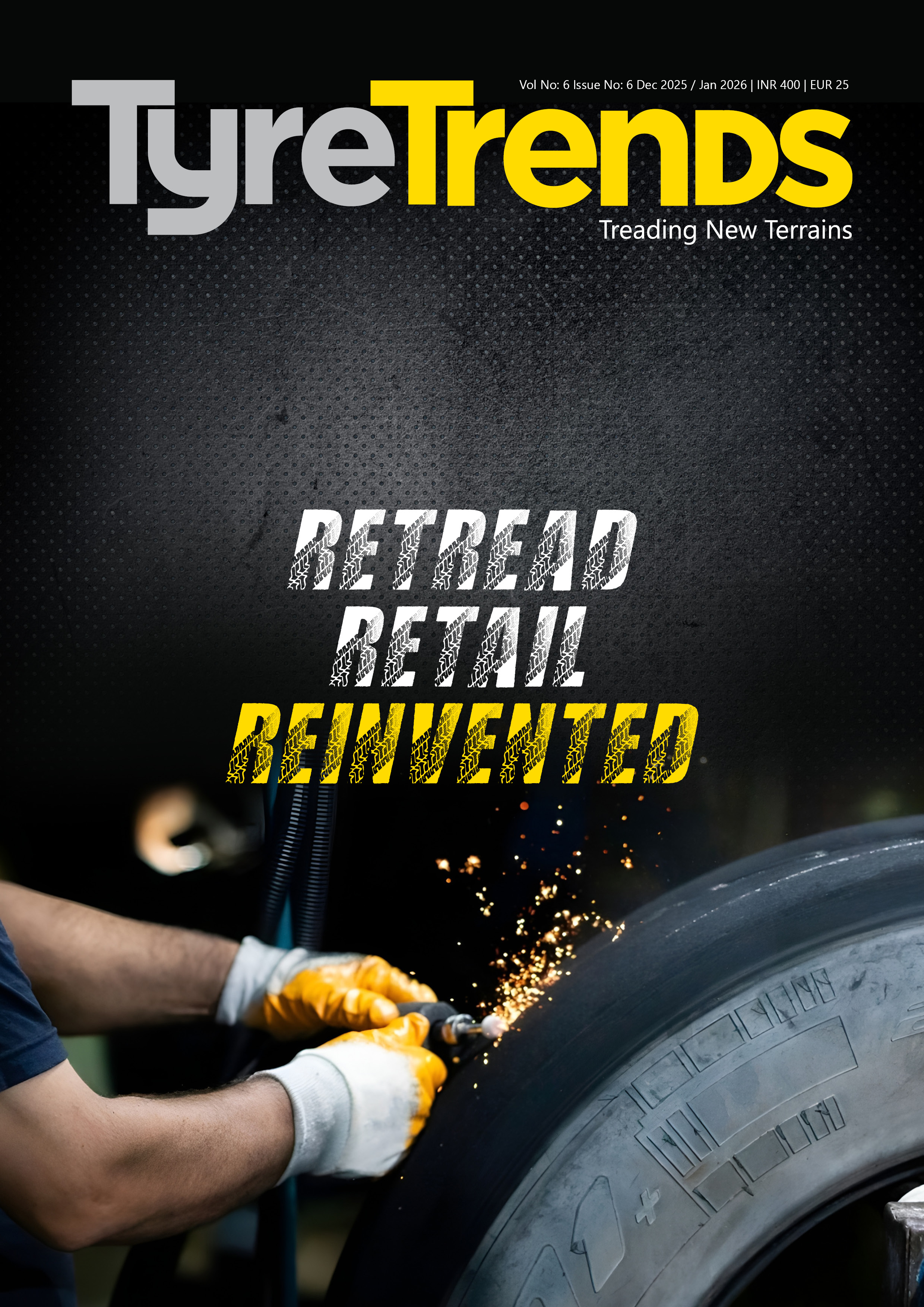



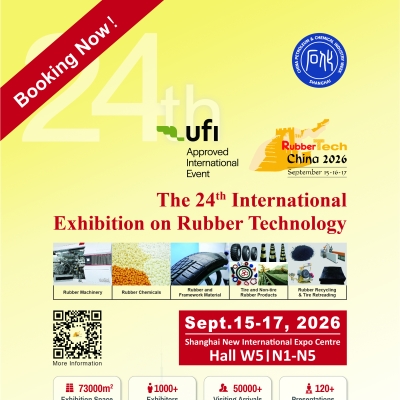
Comments (0)
ADD COMMENT